Energy Trends and Careers Set to Thrive in 2023
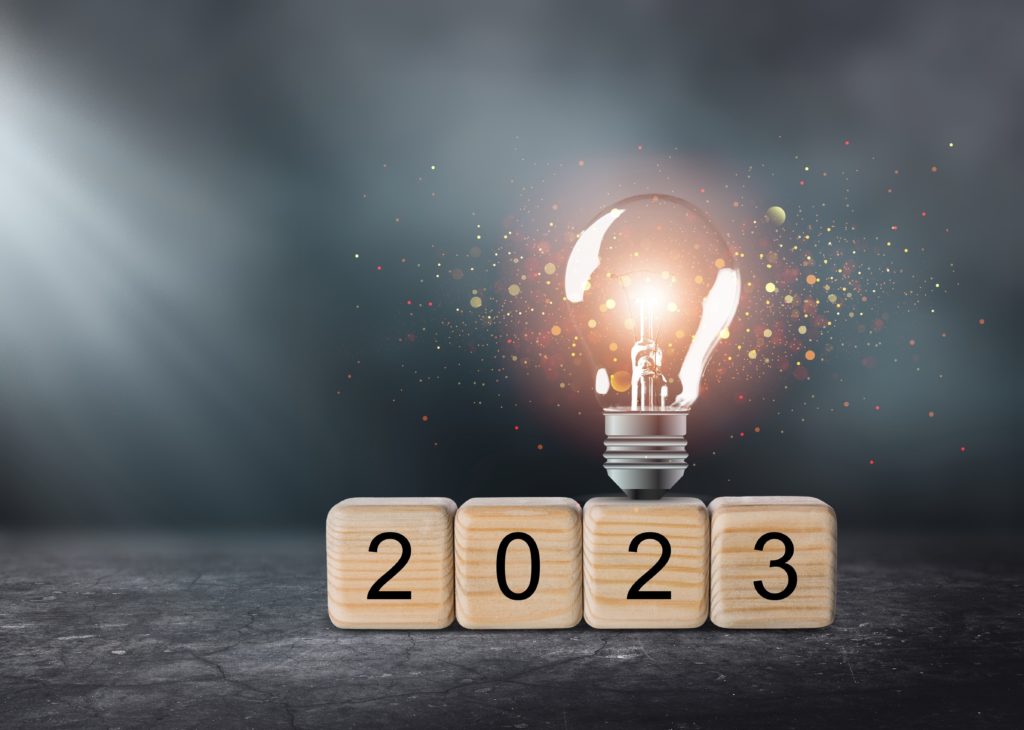
2022 was a huge year for energy. An expected shift to renewables, halted following the energy crisis in Europe and further aggravated by the Russian war on Ukraine, left the energy sector in a scramble to get things back on track. The continued increase in the production of nonrenewable energy, such as coal, which is expected to reach its peak in 2023 as reported by the IEA, forecasts that co2 emissions will reach an all-time high in the coming years.
The Importance of Glaciers
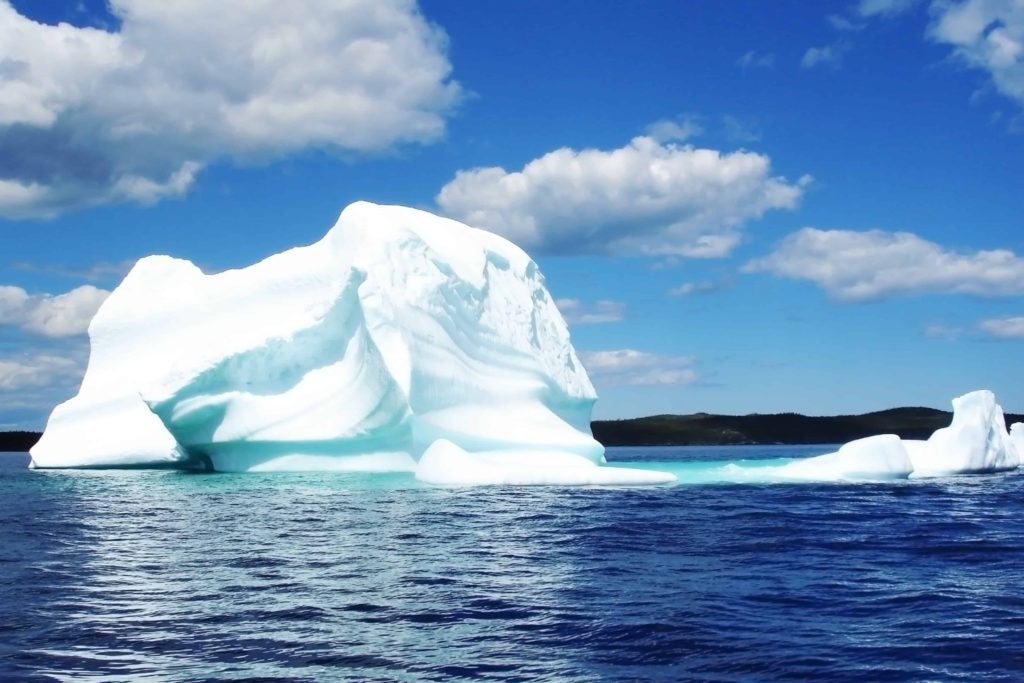
You may not think of glaciers very often. After all, to the average person, they are little more than giant chunks of ice floating around somewhere far away. And in a sense, those who think this are correct. A glacier is fundamentally nothing more than the accumulation of snow compacted over thousands of years to become solid ice. The ice’s density allows the glaciers to float slowly, creating massive rivers of ice that can, over centuries, carve and reshape entire landscapes. Yet, they do much more than float around and break down rocks. Their role in Earth’s delicate environment is much more significant than one might initially consider.
Conservation, Sustainability, and Efficiency: What’s the Difference?
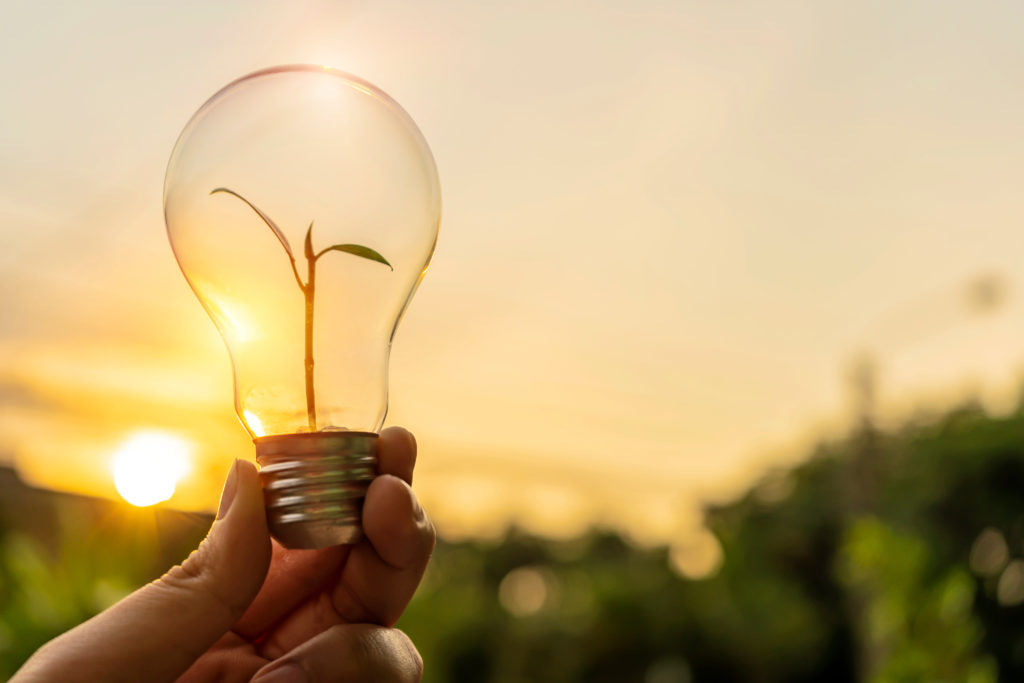
The importance of clean energy and a healthy environment is everywhere nowadays. The average person is likely to encounter at least one campaign advocating for green practices through content on social media, advertisements, or even through their school or work. Vocabulary like conservation, sustainability, and efficiency are used repeatedly and often interchangeably. However, to truly grasp the goals of ecological movements and campaigns, understanding what each one means can come in handy. In light of new information surrounding green energy and sustainable practices, people around the globe are fighting to be part of the conversation. So what is the difference? And how can one get the most out of their conservation, sustainability, and efficiency efforts?
8 Billion and Counting: The World Population and The Environment

Prior to 1800, the population around the globe changed and grew at a relatively slow rate. The world population from 10,000 BC to 1700 only grew at a rate of about .04% annually. This growth rate remained consistent until after the 1800s. Starting at this time, however, a drastic jump can be seen on an international scale, with an increase from an estimated one billion people in 1800 to the 8 billion people who now inhabit the earth.
NASA’s Next Mission: Water
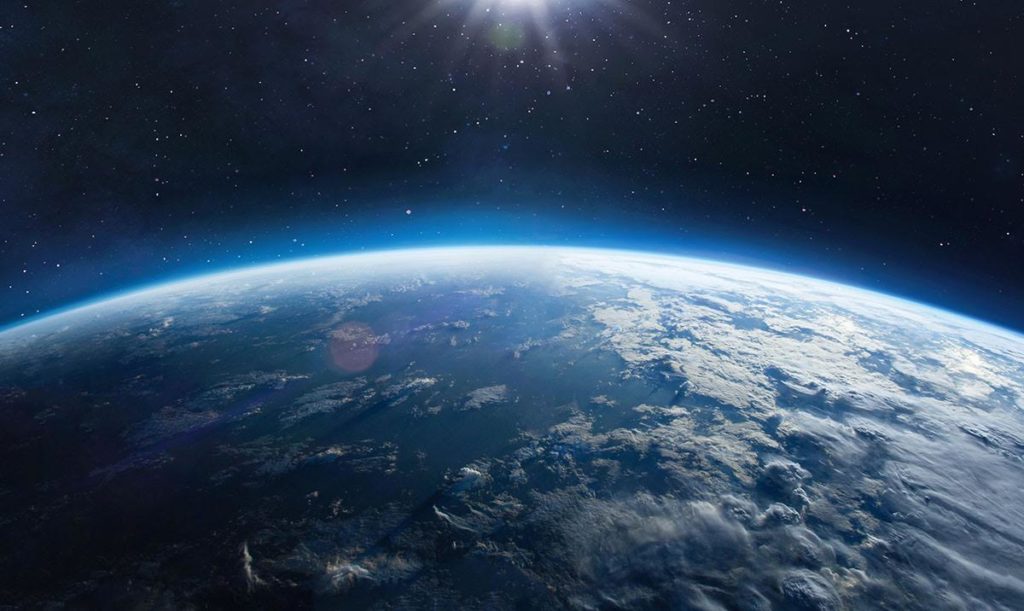
As is discussed frequently in Smart Energy Education, water and energy share a unique and important relationship. We need energy to access water, and we need water to access energy. This connection, otherwise known as the energy-water nexus, is a pillar in our societies and intimately impacts the comfortability of our lives. We use water for everything from hygiene, cleaning, and watering our lawns to the cooling of the power plants that provide us with electricity and industrial processes that manufacture the products we love. Not to mention the water used to create energy through methods like hydroelectric dams.
Smart Energy Education Scholarship Now Open for 2023!

The Smart Energy Education Scholarship opening for 2023 is here! Available to any student pursuing an energy-related career, whether it be a four-year degree or a skilled trade, students are encouraged to apply as soon as possible.
Being Thankful for Our Natural Resources

By now, we all know the story of Thanksgiving by heart. The pilgrims aboard the Mayflower arrived in America in 1620, hoping to start a new life. However, upon arriving, they found themselves ill-suited to handle the environment awaiting them. Hunger and disease ran rampant, eventually taking the lives of nearly half the settlers. That is until a member of a local native tribe decided to lend a helping hand and teach the newcomers how to grow corn, catch fish, extract maple from trees and avoid poisonous plants. Ultimately this new information gave the pilgrims the resources necessary to survive and eventually thrive in their new surroundings.
National Recycling Day
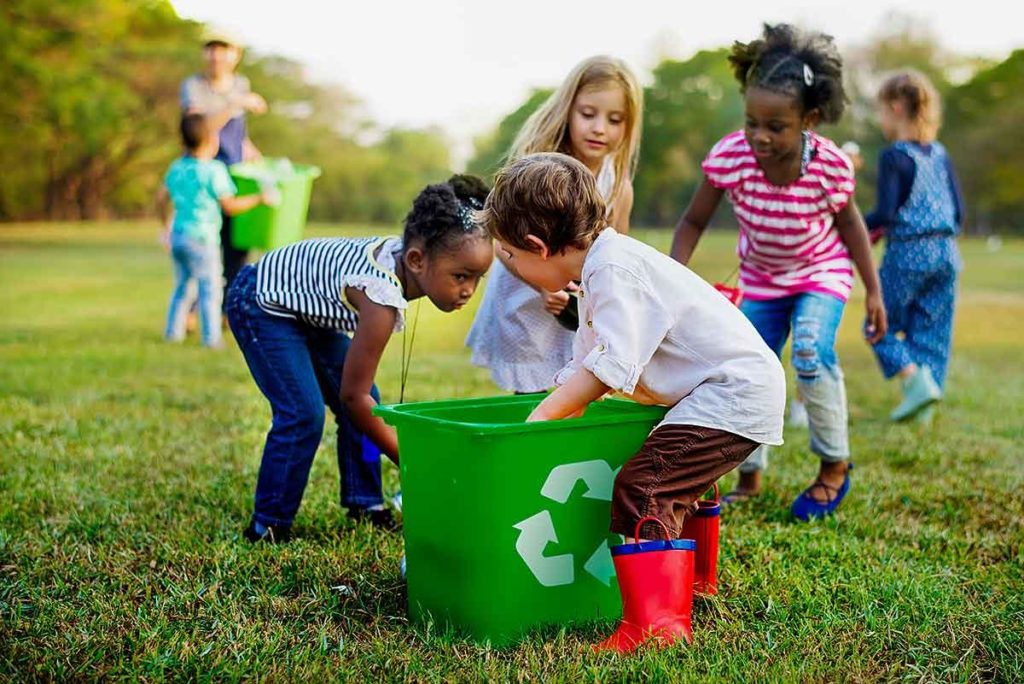
Every year on the 15th of November we celebrate National Recycling Day, which helps promote and educate people on the impact of recycling. It is a time to think of the future and examine the importance of conserving our natural resources while discovering creative ways to reduce, reuse, recycle and lend a helping hand to our lovely environment.
Welcome to the Smart Energy Education Scholarship Program

Graduating high school is a remarkable achievement every student should be proud of. It’s a time to celebrate and commend your hard work to gain your diploma. Yet, high school graduation can also be stressful for many students. The decision to pursue a college degree, a skilled trade, join the military, or go straight into the workforce can be intimidating. Financial barriers can create uncomfortable situations for students who don’t have the support needed to accomplish their goals. Classes, training, books, living arrangements, and transportation costs can add up very quickly. This can be especially true when considering a university degree or even a skilled trade. Despite the commonality of these financial stressors, students should not have to feel the pressure of not being able to afford the pursuit of a higher education or trade.
SEE Careers: Electrician

The world comes alive and allows us to live day and night thanks to the power of electricity. Since Thomas Edison invented the electric lightbulb in 1879, our lives have been transformed and propelled forward through the electric currents that flow through the nation. Imagine the consequences of something as seemingly minor as a two or three-day blackout. Without the ability to refrigerate our food, communicate through technology or use transportation safely, a city is left at a huge and dangerous disadvantage.

